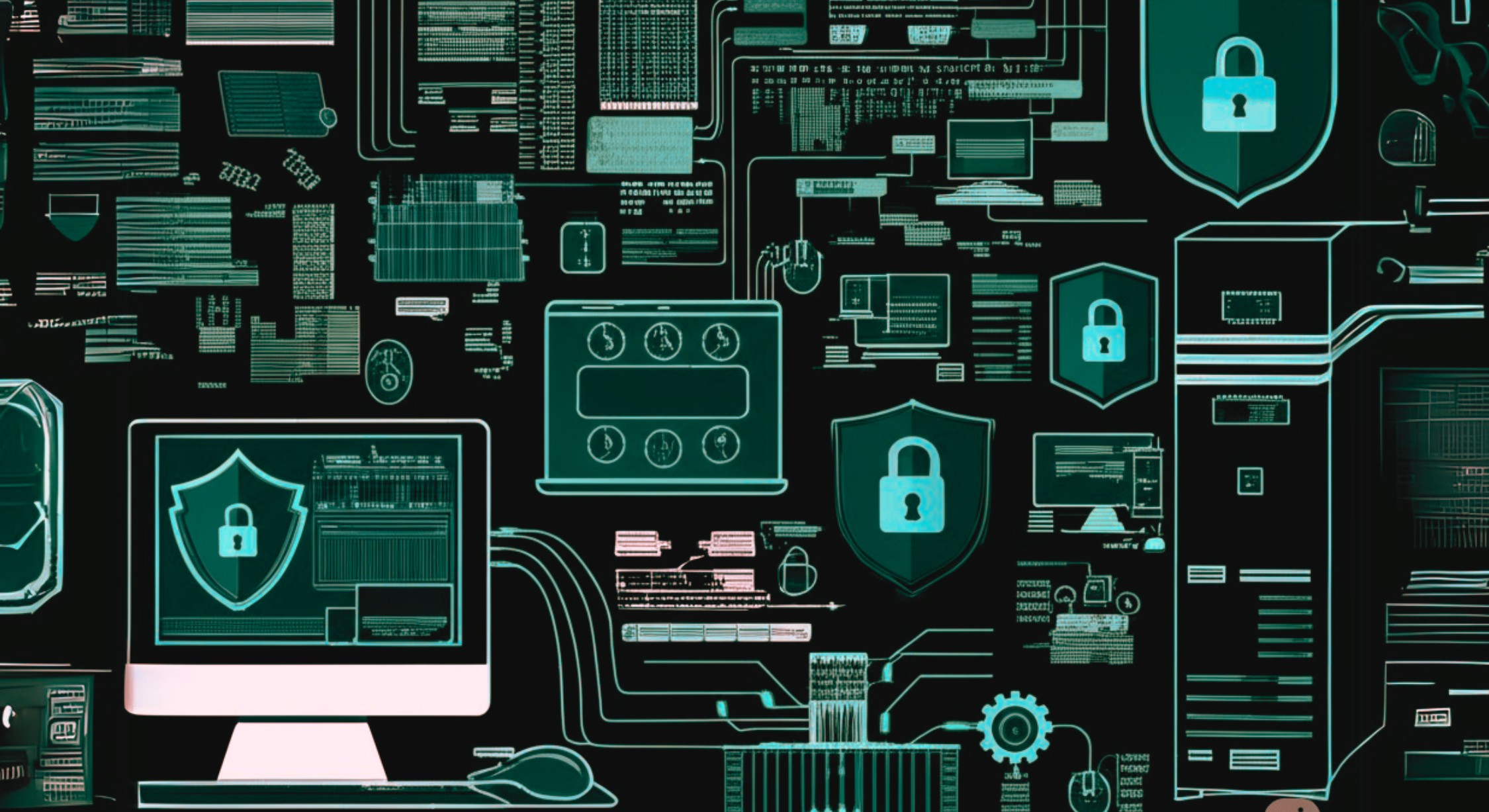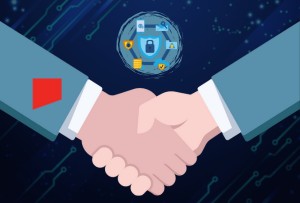Introduction: Why Security Can’t Be an Afterthought

We’ve all heard stories, data breaches that compromise millions of users, companies scrambling to fix vulnerabilities post-deployment, and teams grappling with compliance violations. Too often, these are the consequences of treating security as an add-on rather than a foundational pillar.
At Experion, we take a different path.
Security isn’t an afterthought, it’s something we build in from the start, baked into every phase of the Software Development Lifecycle (SDLC). Our approach combines secure coding practices, continuous threat modeling, and a DevSecOps mindset to proactively manage risk, ensure compliance, and build software that delivers lasting value.
The Shift Left: From Patchwork to Proactive
In traditional development, security tends to be an afterthought something considered right before a product goes live, or worse, after it’s been breached. We call this a “right-shifted” approach. It’s reactive, expensive, and increasingly unviable in today’s high-stakes digital world.
That’s why we shift security left.
Shifting left means embedding security from the requirement stage. It’s about enabling developers, testers, and architects to think proactively and act early. By introducing security gates in our CI/CD pipelines, equipping teams with secure coding guidelines, and automating code scans, we identify and eliminate vulnerabilities before they reach production.
This approach not only reduces remediation costs, but also significantly increases delivery velocity and stakeholder trust. It’s not about slowing down; it’s about building better.
Threat Modeling: Thinking Like an Attacker, Early and Often

One of the most powerful ways to embed security early is through threat modeling.
Before a single line of code is written, we ask:
“What can go wrong?”
Using models like STRIDE, we identify and address six key threat categories, Spoofing, Tampering, Repudiation, Information Disclosure, Denial of Service, and Elevation of Privilege.
This isn’t a theoretical exercise. We generate Data Flow Diagrams (DFDs), simulate attack vectors, and map them to the actual architecture. These models feed into every downstream phase, from secure design and development to automated testing and runtime monitoring.
At Experion, we’ve systematized threat modeling across the SDLC:
- During Requirements: Identify security expectations
- During Design: Analyze risk and architecture, identify threats and plan risk mitigation strategies
- During Development: Apply security measures that directly address identified threats
- During Testing & Production: Actively try to break the protections built-in, validate mitigations, update models continuously
We use tools like Microsoft Threat Modeling Tool, OWASP Threat Dragon, and ThreatSpec. However, the real value comes not from the tools but from equipping our associates with the right knowledge and asking the right questions early and often.
Secure Coding in Practice: What It Looks Like Day-to-Day

Secure coding isn’t magic. It’s muscle memory reinforced by tools, processes, and culture imbibing security mindset.
Here’s how we make it work in our DevSecOps pipelines:
In Development:
- Pre-commit hooks run tools like ESLint, Bandit, and SonarQube
- Secure code guidelines are reinforced using IDE plugins
- Secrets scanning (GitLeaks, TruffleHog) detects credential leaks before they leave the dev machine
In CI/CD:
- Automated SAST checks every commit
- Third-party dependency scanning with Snyk and OWASP tools
- Infrastructure as Code (IaC) security checks (Checkov, Terrascan)
In Testing:
- DAST & penetration tests simulate real-world attacks
- Vulnerability scanning using tools like OWASP ZAP and Burp Suite
In Production:
- Continuous monitoring with ELK Stack, Prometheus, and open-source CSPM tools
- Audits aligned with standards like ISO 27001, GDPR, HIPAA
From dev environments to staging to live production we use what we call Gates, each having its own entry and exit criteria, tailored for specific environments and security requirements.
(Note: The tools listed throughout this blog are indicative and not intended for any promotion; we select and customize tools based on the unique requirements of every project.)
Tools Are Good. Gates Are Better.
One of our key realizations was that tools alone aren’t enough. You need gates decisive control points in the SDLC where security decisions are made and enforced.
We combine tools like:
- SonarQube, AquaSec, Mend.io for static and container analysis
- Trivy, Snyk for SBOM generation and open-source security
- Microsoft Defender for Cloud for CSPM and workload protection
But the power comes when these tools are embedded in automated gates that halt risky builds, alert developers, and feed insights into dashboards.
We’ve also evaluated open-source and commercial solutions, balancing cost, feature depth, and support. For cost-sensitive projects, we typically start with robust open-source tools. In regulated environments or for organizations with compliance requirements, we scale up with enterprise-grade solutions.
Experion’s Secure SDLC in the Real World
Here’s how our approach comes together in practice:
- Integrated Threat Modeling into Agile sprints
- Automated vulnerability scans triggered by each pull request
- Secrets detection, SAST, SBOM validation baked into CI/CD
- Security champions in every product team
- Collaborative reviews between developers, testers, and security engineers
We’ve invested in building strong in-house security expertise because we believe in proactive, repeatable, and scalable security practices, driven by our domain specialists and security evangelists. Whether it’s fintech, healthcare, retail, or IoT, our clients rely on us not just for speed, but for secure, high-quality code that delivers real business value.
A Real-World Lesson
In mid-2023, a widely used managed file transfer system was breached through a SQL injection flaw, compromising data of over 100 million users. The regulatory fallout was swift, and trust was severely damaged.
What went wrong?
- Weak input validation
- Vulnerabilities missed during code reviews
- Slow patching response
- No early threat modeling to flag the risk
This type of breach is exactly what Secure SDLC is designed to prevent. With the right controls, automated scanners, SBOM management, and efficient patching routines, such incidents can be mitigated or avoided entirely.
What’s Next in Secure SDLC?
Security is not static. Threats evolve. So do our strategies.
We’re now focused on:
- Zero Trust Architectures (ZTA): Assume no user or component is inherently trustworthy
- Cloud Security Posture Management (CSPM): Continuously monitor cloud assets for misconfigurations
- AI-enhanced scanning tools for smarter, faster vulnerability detection
Our mission: anticipate, prevent, and outpace evolving threats through proactive security.
Final Word: Security is How You Build Trust
 Secure SDLC isn’t about checking boxes. It’s about building resilient, reliable systems that people can trust.
Secure SDLC isn’t about checking boxes. It’s about building resilient, reliable systems that people can trust.
At Experion, we’ve seen what happens when teams don’t take security seriously. We’ve also seen the transformation when they do. And that’s why we continue to invest, educate, automate and evolve.
Security isn’t an expense. It’s an investment in trust, longevity, and technical excellence.

